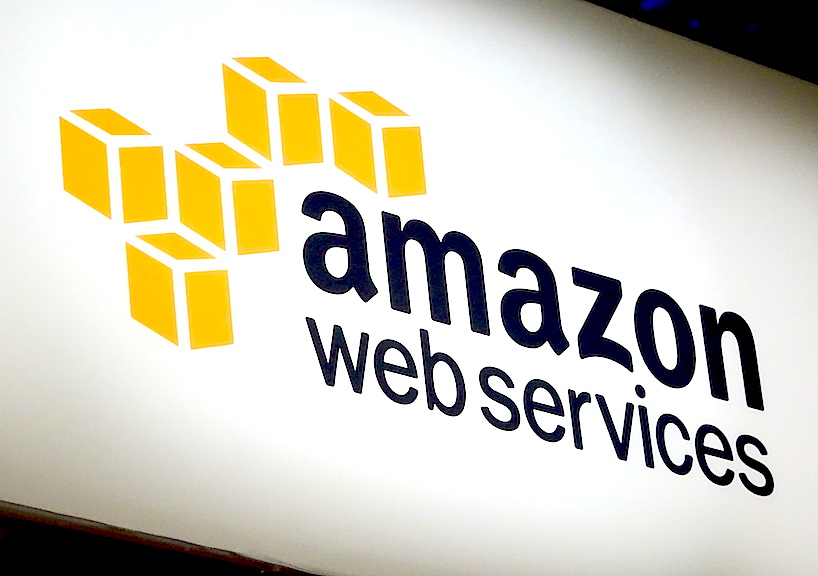 CLOUD
CLOUD
 CLOUD
CLOUD
 CLOUD
CLOUD
Hoping to stay ahead of hard-charging rivals in cloud computing, Amazon Web Services Inc. today said that starting next month, it will start charging for its computing services by the second.
Competitors such as Google Cloud Platform and Microsoft Corp.’s Azure have made hay over the per-minute billing they’ve offered for years, which they said was more economical than the hourly pricing that Amazon.com Inc.’s cloud operation has offered so far.
“Allowing compute and block storage to be billed at one-second increments brings AWS to the lead in this sort of billing to support new architectures,” said Stu Miniman, an analyst with SiliconANGLE sister company Wikibon. “While traditional data center architectures think in months and years, as customers are either building solutions using containers, or leveraging ‘serverless’ solutions, where AWS Lambda is the leader, there is a real need to be able to leverage infrastructure at a much more gradual level.”
The pricing, which kicks in Oct. 2, applies to Amazon’s computing service, called EC2, and its Elastic Block Storage or EBS storage service. The per-second pricing comes after a one-minute minimum. Also, it’s only for Linux virtual machines. It doesn’t apply for now to computing “instances” running Microsoft Windows or Linux distributions that have a separate hourly charge.
“Many of our customers are dreaming up applications for EC2 that can make good use of a large number of instances for shorter amounts of time, sometimes just a few minutes,” Jeff Barr, AWS’s chief evangelist, said in a blog post. “Some of our more sophisticated customers have built systems to get the most value from EC2 by strategically choosing the most advantageous target instances when managing their gaming, ad tech or 3D rendering fleets. Per-second billing obviates the need for this extra layer of instance management, and brings the costs savings to all customers and all workloads.”
But Barr said that though the pricing may result in a price reduction for many computing workloads, that wasn’t the main impetus. “I believe that this change will inspire you to innovate and to think about your compute-bound problems in new ways,” he wrote. “How can you use it to improve your support for continuous integration? Can it change the way that you provision transient environments for your dev and test workloads? What about your analytics, batch processing, and 3D rendering?”
In essence, he added, the change gets to the essence of cloud computing, which is the elastic nature of provisioning or deprovisioning resources as you need them. “By billing usage down to the second we will enable customers to level up their elasticity, save money, and customers will be positioned to take advantage of continuing advances in computing,” he said.
Cloud computing, which allows companies to obtain computing, storage and other services online instead of hosting machines and software in their own data centers, has long been marked by continual price-cutting. AWS remains the runaway leader in the base-level “infrastructure as a service” cloud services, ahead of Google LLC, Microsoft, IBM and others.
“At the end of the day it is great for customers, who pay more transparently to real usage, and for the vendors, who can reallocate resources faster,” said Holger Mueller, vice president and principal analyst at Constellation Research.
No doubt the others will follow suit, but there’s no telling how far this race could go. Nanosecond pricing, anyone?
THANK YOU